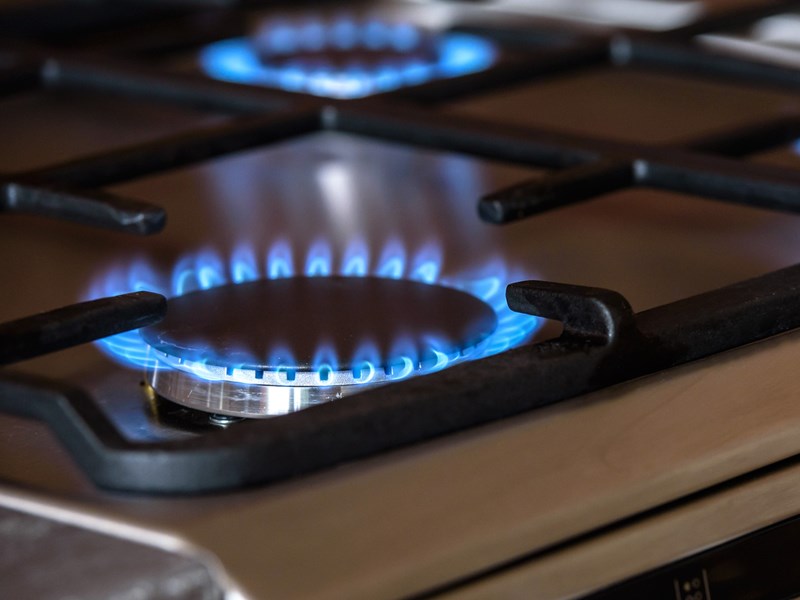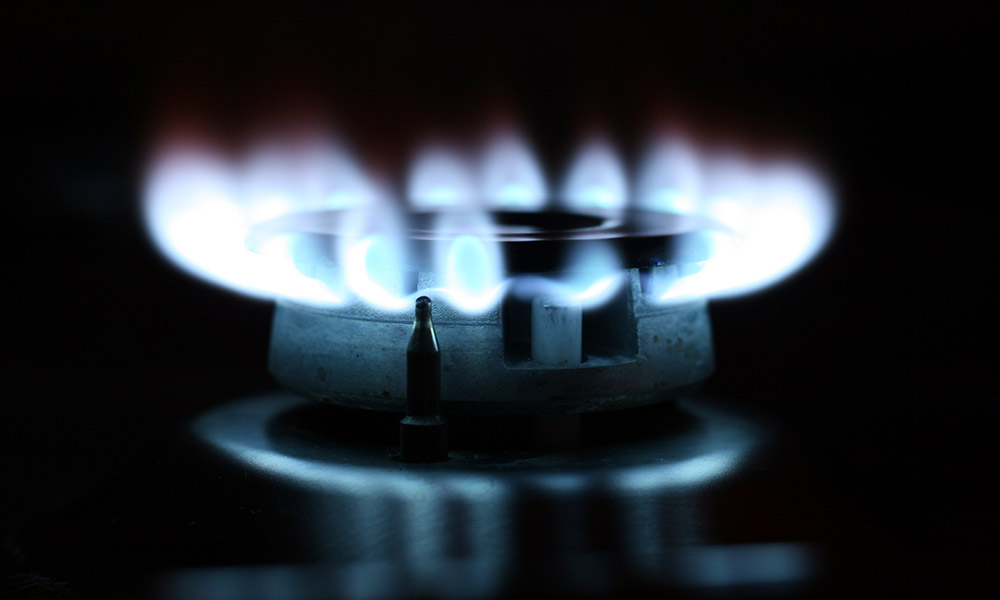The Dangers of Carbon Monoxide Emissions from Gas Stoves
I. Introduction
A. Importance of addressing carbon monoxide emissions from gas stoves Carbon monoxide (CO) is a dangerous gas that can be emitted from gas stoves. It is crucial to address this issue to protect the health and safety of individuals and prevent potential carbon monoxide poisoning.
B. Overview of the article’s content This article will provide information on understanding carbon monoxide and its risks, sources of carbon monoxide in gas stoves, and methods for detecting and preventing carbon monoxide leaks. By addressing these topics, readers will gain valuable knowledge on how to ensure the safety of their homes.
II. Understanding Carbon Monoxide and its Risks
A. Definition and characteristics of carbon monoxide
Carbon monoxide is a colorless, odorless gas that is produced during the incomplete combustion of carbon-based fuels. It is highly toxic and can be deadly if inhaled in high concentrations.
B. Health risks associated with carbon monoxide exposure
- Short-term effects Exposure to high levels of carbon monoxide can lead to symptoms such as headaches, dizziness, nausea, confusion, and even loss of consciousness. In severe cases, it can result in death.
- Long-term effects Prolonged exposure to low levels of carbon monoxide can have detrimental effects on health, including cardiovascular problems, neurological disorders, and an increased risk of certain diseases.
III. Sources of Carbon Monoxide in Gas Stoves

A. Incomplete combustion of natural gas When the combustion process in a gas stove is incomplete, it can result in the production of carbon monoxide. Factors such as improper gas-air mixture, clogged burners, or faulty ignition systems can contribute to this issue.
B. Malfunctioning or poorly maintained gas stoves Gas stoves that are not regularly maintained or have malfunctioning components, such as faulty heat exchangers or blocked vents, can lead to the release of carbon monoxide.
C. Improper ventilation or inadequate air supply Insufficient ventilation or a lack of fresh air supply in the kitchen can cause carbon monoxide to accumulate, especially in enclosed spaces. This can happen if kitchen windows are sealed tightly or if there is a lack of proper airflow.
IV. Detecting and Preventing Carbon Monoxide Leaks
A. Recognizing the signs and symptoms of carbon monoxide poisoning It is important to be aware of the signs of carbon monoxide poisoning, such as nausea, headache, dizziness, shortness of breath, and confusion.
B. Installing carbon monoxide detectors in the kitchen Installing carbon monoxide detectors near gas stoves and in other areas of the home is crucial for early detection of leaks. These detectors can emit an alarm if carbon monoxide levels exceed a certain threshold, allowing residents to evacuate and seek help.
C. Regular maintenance and inspection of gas stoves Regular maintenance and inspection of gas stoves by trained professionals can help identify and rectify any issues that may lead to carbon monoxide leaks. This includes cleaning burners, checking gas lines, and ensuring proper functioning of components.
D. Ensuring proper ventilation and air supply It is important to ensure that there is adequate ventilation in the kitchen, especially when using gas stoves.
E. Educating household members on safety protocols All members of the household should be educated about the risks of carbon monoxide and the importance of gas stove safety. This includes instructions on proper stove operation, ventilation practices, and recognizing the signs of carbon monoxide poisoning.
V. Responding to Carbon Monoxide Leaks

A. Immediate actions to take in case of a carbon monoxide leak
- Recognizing the signs of a carbon monoxide leak It is important to be able to identify the signs of a carbon monoxide leak, such as a strong smell resembling rotten eggs, a hissing sound near gas appliances, or symptoms of carbon monoxide poisoning like headache, dizziness, and nausea.
- Evacuating the premises If a carbon monoxide leak is suspected, immediate evacuation is crucial. Open doors and windows on the way out to allow fresh air to enter the area.
B. Evacuation procedures and contacting emergency services
- Establishing a predetermined evacuation plan It is essential to have a well-established evacuation plan in place before an emergency occurs. Determine a safe meeting point outside the home and ensure that all household members are aware of the plan.
- Contacting emergency services Once safely outside, contact the local emergency services or the dedicated carbon monoxide hotline. Provide them with the necessary information about the suspected carbon monoxide leak and follow their instructions.
C. Seeking medical attention and treatment for carbon monoxide poisoning
- Recognizing the symptoms of carbon monoxide poisoning
Be aware of the symptoms of carbon monoxide poisoning, such as headache, dizziness, confusion, weakness, nausea, and shortness of breath. If any of these symptoms are present, it is crucial to seek medical attention immediately. - Getting to a healthcare facility or calling emergency medical services
Transport the affected individual(s) to a healthcare facility for immediate evaluation and treatment. If the symptoms are severe or someone becomes unconscious, call emergency medical services for immediate assistance. - Treatment for carbon monoxide poisoning
Medical professionals may administer oxygen therapy to eliminate carbon monoxide from the body and restore oxygen levels. They will also monitor vital signs and provide any necessary supportive care based on the severity of the poisoning.
Ⅵ.Call to Action: Promoting Carbon Monoxide Safety

Raising awareness about carbon monoxide safety is crucial to prevent accidents and protect lives. Readers can play an active role in promoting safety by sharing information with their family, friends, and community. By educating others about the dangers of carbon monoxide and the importance of preventive measures, we can collectively create a safer environment.
B. Providing resources for further information on carbon monoxide safety
- Local authorities and organizations
Readers can reach out to local authorities, such as fire departments and health departments, for resources and information on carbon monoxide safety. These organizations often provide educational materials, tips, and guidelines to help individuals understand the risks and take necessary precautions. - Carbon monoxide safety campaigns
Many organizations and agencies run campaigns focused on raising awareness and providing resources for carbon monoxide safety. Readers can actively engage with these campaigns, participate in activities, and share their messages on social media platforms to reach a wider audience. - Online resources and publications
Numerous online resources and publications provide comprehensive information on carbon monoxide safety. Websites of reputable organizations like the Centers for Disease Control and Prevention (CDC), the National Fire Protection Association (NFPA), and the Consumer Product Safety Commission (CPSC) offer valuable resources, fact sheets, and educational materials. Readers can access these resources to learn more about carbon monoxide safety and share the information with others. - Community workshops and seminars
Many communities organize workshops, seminars, or safety events that focus on carbon monoxide awareness and prevention. Readers can actively participate in these events and encourage others to attend as well. These interactive sessions provide an opportunity to learn from experts, ask questions, and gain practical knowledge about carbon monoxide safety.

